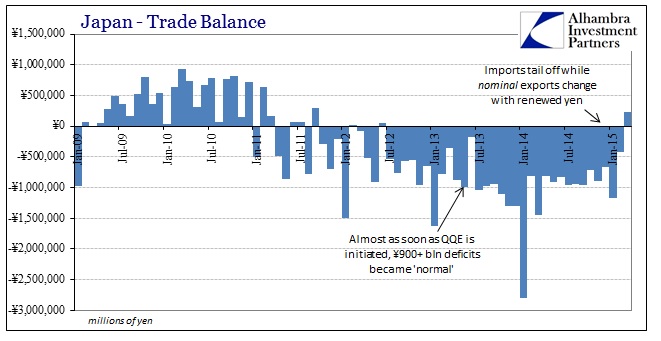David Fridley, a staff scientist in the China Energy Group at the Lawrence Berkeley National Laboratory, has been a longtime collaborator with the Chinese on energy management, efficiency and policy. Fridley, who has held Chinese energy-related jobs for 35 years, believes that electricity consumption in China is a better indicator of its economic growth.
Historically, electricity consumption and economic growth in China have been very closely linked. “From 2005 to 2013, the average elasticity of electricity demand was 1.09, meaning electricity demand was up about 1.09 percent for every percent rise in GDP,” Fridley wrote in an email. “In 2014, that number fell to 0.51, the lowest in this 10-year period. During the economic crisis of 2008, it did fall below the average, to 0.60, but quickly rebounded to above 1.”
That tells Fridley that something is up. He’s not the only one who thinks the government growth numbers aren’t reliable. China’s premier, Li Keqiang, has said China’s GDP figures are “for reference only.” Bloomberg reported that in a declassified U.S. diplomatic cable from 2007 then-U.S. ambassador Clark Randt related a dinner conversation with Li, secretary general of Liaoning Province at the time, in which Li revealed his preferred indicators of Chinese economic activity: rail cargo volume, loan disbursements and–wait for it–electricity consumption. China’s leaders don’t believe their own government growth numbers.
…click on the above link to read the rest of the article…









